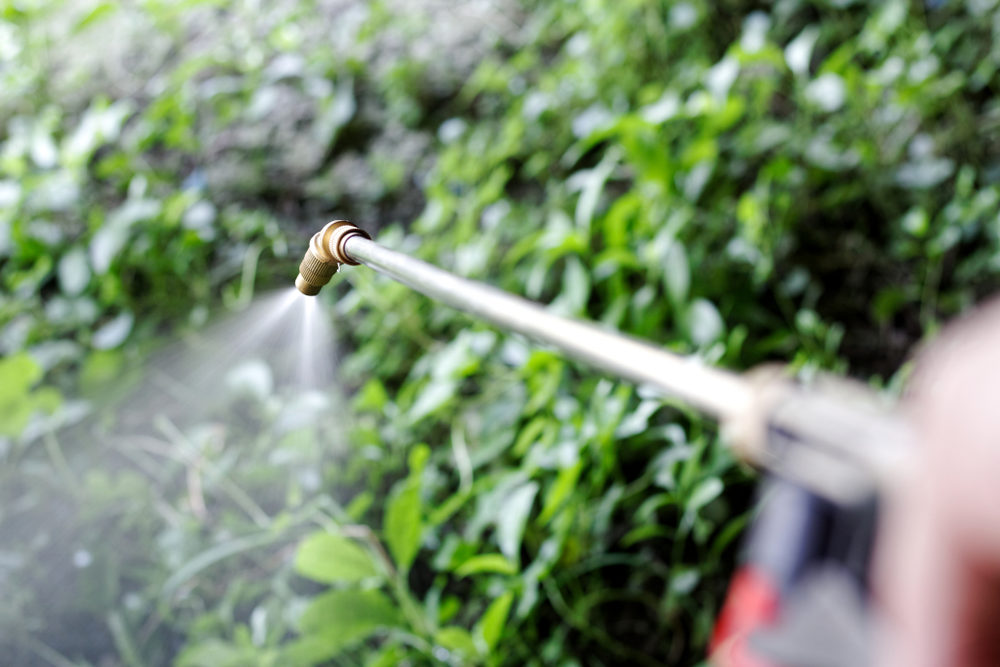
Back in June 2021, the U.S. Judicial Panel on Multidistrict Litigation (JPML) consolidated all federally filed paraquat lawsuits into the U.S. District Court for the Southern District of Illinois under the Honorable Nancy J. Rosenstengel who was appointed to oversee the proceedings.
Now, according to a recent docket report, nearly 300 paraquat lawsuits are pending in the MDL and are likely to grow as people learn about the potential link between paraquat and Parkinson’s disease.
Illinois Man Joins Paraquat Litigation
An Illinois man who spent some years spraying paraquat on crops as part of his occupation recently joined the Illinois MDL. According to his complaint, he was exposed to paraquat from 1991 to 1992 when he worked for Therma Gas and from 1993 to 2012 when he worked for Northern Star Minerals in Kalamazoo County, Michigan.
During that time, he mixed and sprayed paraquat onto the potatoes that were grown on the land owned by Northern Star Minerals, also known as Schoolcraft Farm Service. During the entire time that he worked with the herbicide, he did not know that exposure to it could cause him long-term health problems.
He started experiencing symptoms of Parkinson’s disease in or around 2008 and was officially diagnosed in 2009. He first learned that paraquat had been linked with the disease in or after July 2021.
Paraquat Has Been Widely Used in the U.S.
Paraquat came onto the market in the 1960s. Since then, it has been used to kill broadleaf weeds and grasses before the planting or emergence of more than 100 fields, fruit, vegetable, and plantation crops, to control weeds in orchards, and to desiccate (dry) plants before harvest.
Applicators typically use knapsack sprayers, hand-held sprayers, aircraft (crop dusters), trucks with pressurized tanks, and tractor-drawn pressurized tanks to distribute paraquat onto the crops.
The plaintiff notes that each year, paraquat is applied to about 15 million acres of crops in the U.S. including corn, soybeans, wheat, cotton, fruits and vegetables, rice, orchards and grapes, alfalfa, hay, and other crops.
Paraquat Linked to Parkinson’s Disease
Paraquat is highly toxic to plant, animal, and human cells. Because of this, it is a “restricted use pesticide” under federal law, which means that only certified applicators can use it and it is not approved for residential use.
Paraquat has long been associated with Parkinson’s disease. Animal and laboratory studies have shown that it can damage the neurons in the brain responsible for the disease. In fact, it is one of only a handful of toxins that scientists use to produce animal models of Parkinson’s disease.
Several epidemiological studies have also found that exposure to paraquat can increase the risk of Parkinson’s disease. In 2019, for instance, researchers conducted a systematic review of the literature and found that Parkinson’s occurrence was 25 percent higher in participants exposed to paraquat. Results from a subgroup analysis also indicated a higher Parkinson’s frequency in those who were exposed to the herbicide for longer periods.
Though still allowed in the USA, paraquat has been banned or is being phased out in other countries in the European Union, China, and Brazil.
The first bellwether trials in the paraquat MDL are expected to begin in November 2022.

Exclusively focused on representing plaintiffs—especially in mass tort litigation—Roopal Luhana prides herself on providing unsurpassed professional legal services in pursuit of the specific goals of her clients and their families. While she handles complex cases nationwide on behalf of consumers, Ms. Luhana resides with her family in Brooklyn, New York.










Comments for this article are closed.